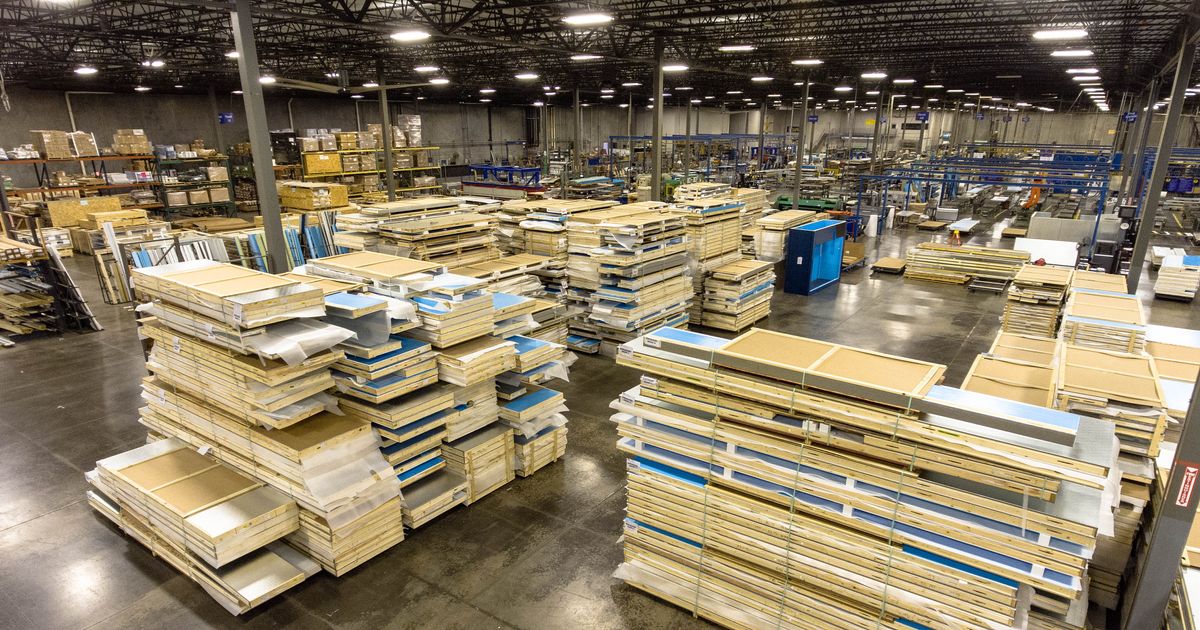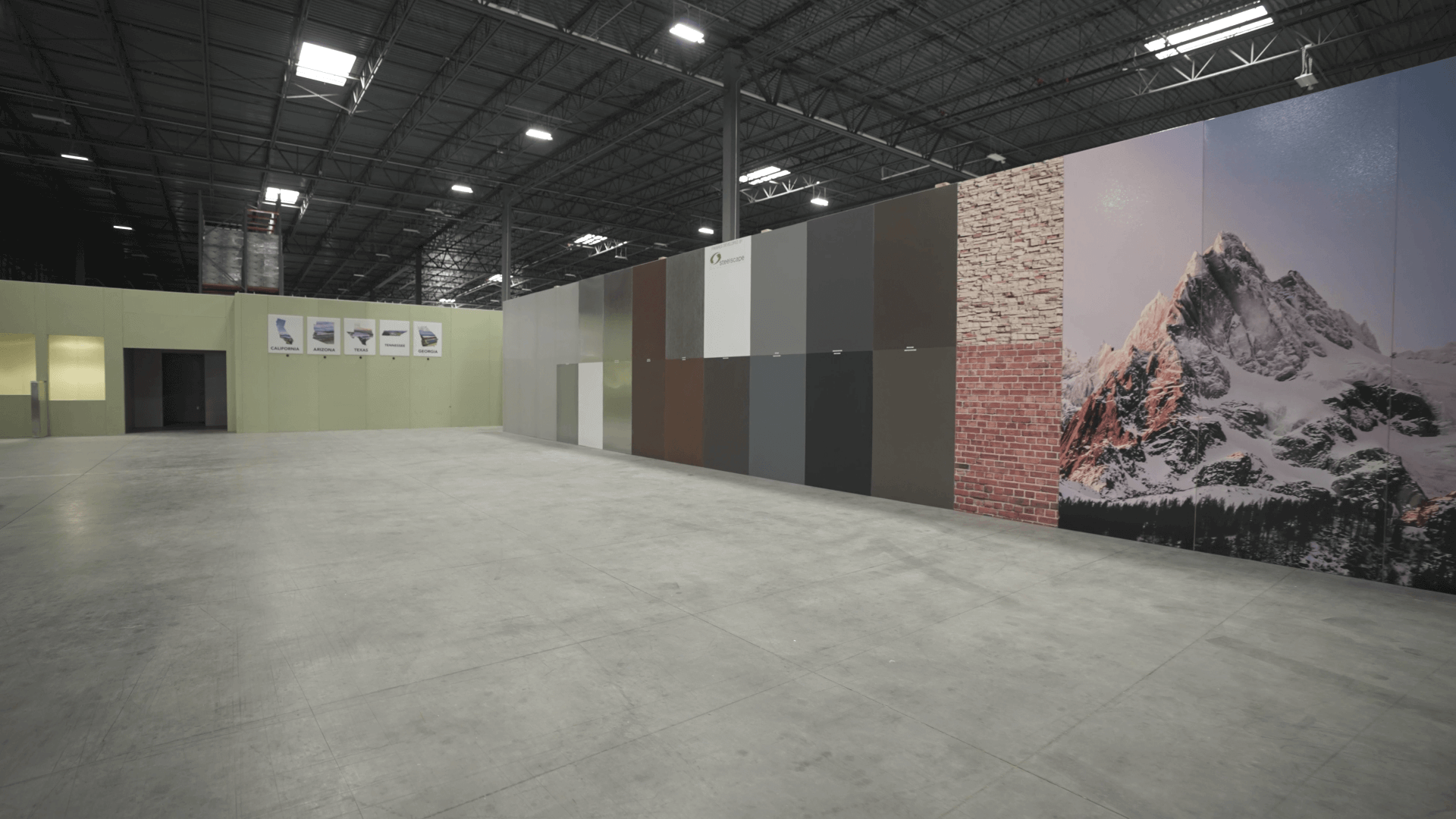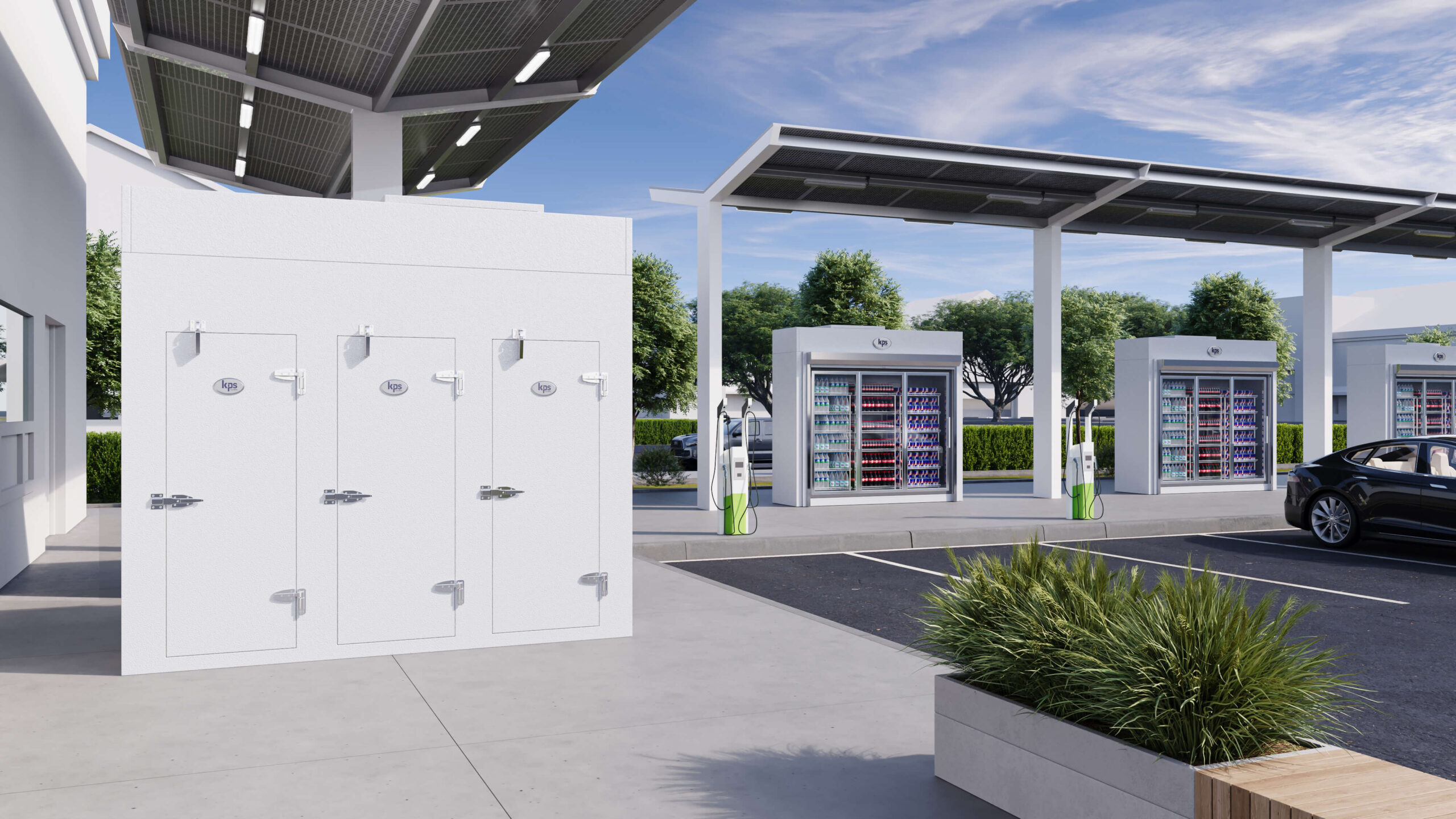At KPS Global, we are always focused on providing the best solution for our customers. We regularly look for ways to improve our processes to be help the customer. A new process we recently implemented has drastically improved process efficiency for our manufacturing process, our installation network, and customers.
This blog highlights how KPS Global exposed this opportunity and put this solution in place.
Identifying The Problem
Once a shop drawing was finalized and approved, the manufacturing process of the panels began but sequencing of the panels were manufactured concurrently and on different lines, limiting the ability to build in a coordinated order. Once the panels were manufactured, they were stacked on skid, shrink wrapped and loaded on trucks for shipment. Once the panels arrived at the jobsite, installers had to open all the skids (and Murph’s Law, the first one you needed was always at the bottom!) so time was spent removing and staging panels not needed yet to get the process going.
The Problem
This process at the jobsite, as you can imagine, is not efficient. Working with our customers and installers, a small team set out to create a more efficient process. Omar Gonzalez, Plant Manager in Goodyear AZ lead the charge for a solution and proposed a new process: build-to-install. Where panels could be manufactured and shipped according to the way they would be installed.
The Solution: The Build to Install Process
The build to install process requires panels to be strategically manufactured according to the way in which they would be installed. Starting with the last panel to be installed manufactured first. Counterintuitive but it works! Additionally, to make the installation process more seamless, Omar proposed changing the skid height of panels from 7ft to around 4ft, that way unloading the panels could be groundwork rather than using a forklift or other required machinery.

Putting The Idea into Action
Before enacting the process in all five plants, the manufacturing team piloted the program in our AZ facility. The new process requires the plant engineering technicians and supervisions to create the best plan for how the panels can be best stacked for build to install, at the beginning of each project which is a shift from the randomized process. The 30-day trial period, like any testing process had its challenges. But towards the end of the trial, things began looking up. From manufacturing to loading the trucks and the actual installation of the panels, the new process was noticeably more efficient. Installers were having less challenges finding the panels and the installation time decreased. Internally, the process added to the efficiency of the manufacturing and shipment process.
Key Benefits of the Build to Install Process
The Build to install process is beneficial for these three keys reasons:
- Process Efficiency: The build to install process allows for a more efficient process in the manufacturing plant. Panels are manufactured in a sequential order that allows for easier tracking and shipment. Additionally, once the panels arrive at the jobsite, installers no longer must look through skids to find the next panel needed making the jobs more efficient.
- Safety: The new process is safer for installation crews. By stacking the panels to 4ft instead of 7ft, all the panels can be unloaded from the ground rather than a forklift reducing the safety risk of machinery. The practice of 4 ft pallets has already been enacted in the TX, AZ, and TN plant and California and Georgia facility are currently undergoing the conversion to 4 ft pallets as part of the standardization process.
- Streamlined Installation: The build to install process is intentionally designed to package panels in the order they should be installed. Installations are now streamlined as skids are opened in the order of installation.
Enacting The Build to Install Process Across All Five Plants
The build to install process has been implemented in all five plants and is the new standard going forward. By standardizing this process across all plants, the capacity of each plant will be uniform and project quality will be consistent for customers regardless of which plant they are manufactured from.



